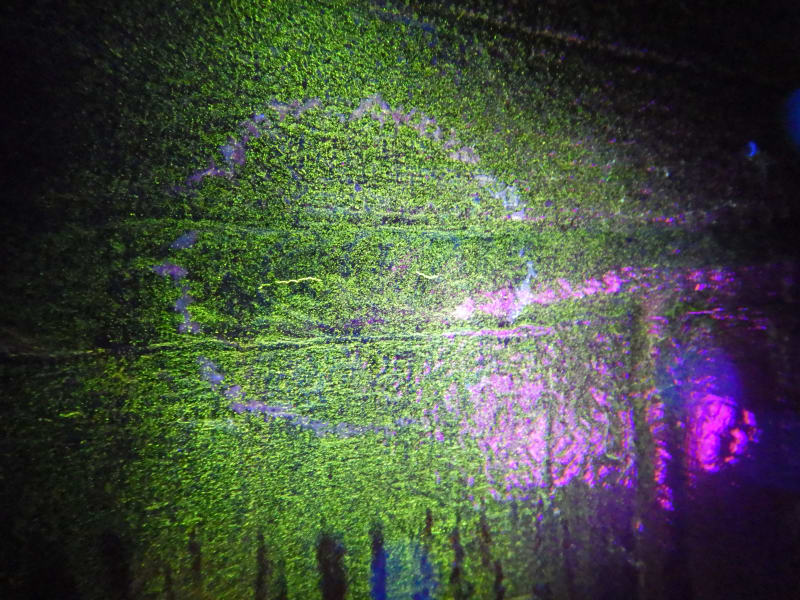Alpha Charlie
Mechanical
A caustic vessel 6mm thick (epoxy lined)remained in service for 40 years. 1.2mm uniform thickness loss was found in 2021 and two indications (cracks) were found in shell to shell weld. Vessel is originally not post heat treated.
I need suggestions for following maintenance activities;
1- Is it advisable to carry out welding inside vessel without heat treatment? (Vessel is originally not stress relieved)
2- Is it recommended to coat vessel again (Epoxy coating)?
I need suggestions for following maintenance activities;
1- Is it advisable to carry out welding inside vessel without heat treatment? (Vessel is originally not stress relieved)
2- Is it recommended to coat vessel again (Epoxy coating)?

